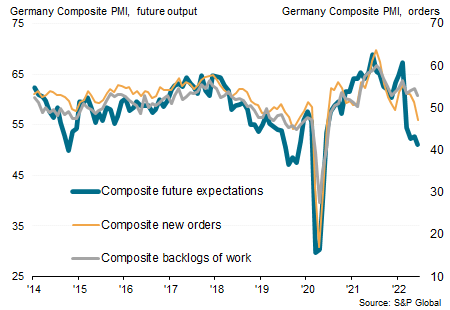
Disappointing #manufacturing #PMI data out of #China this morning, with output falling again after 3 months of gains bit.ly/3dPFUZr 

While COVID-19 containment measures continued to dampen demand in the domestic market, China's manufacturers also reported a steepening loss of exports 

The downturn looks likely to gather further momentum, with Chinese manufacturers' expectations of their output levels in the coming 12 months slumping sharply 

• • •
Missing some Tweet in this thread? You can try to
force a refresh


















